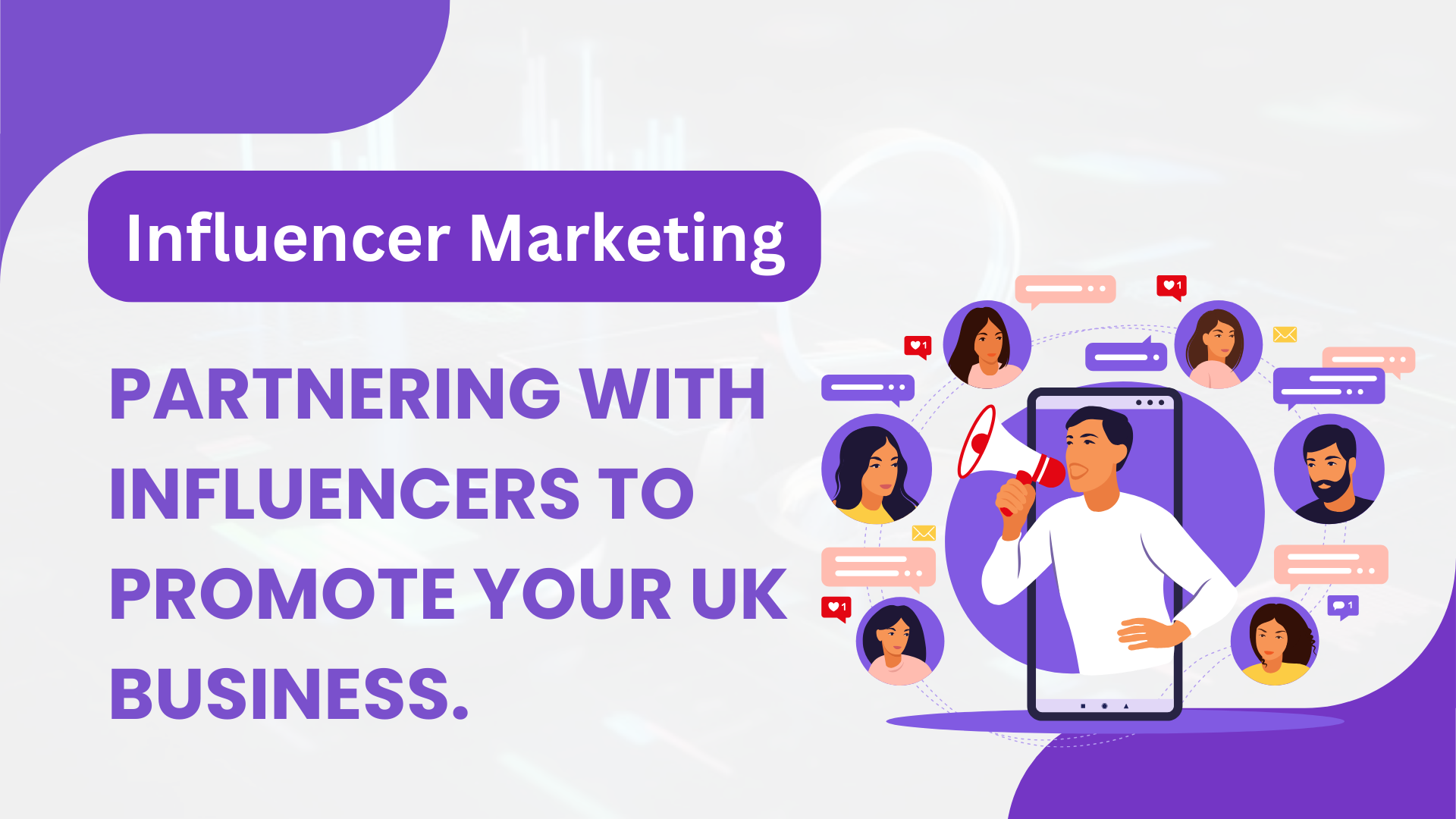Influencer Marketing: Partnering with Influencers to Promote Your UK Business
1. Understanding Influencer Marketing in the UK Landscape
Influencer marketing has rapidly evolved into a vital strategy for UK small businesses. With consumers placing more trust in personal recommendations than traditional advertising, influencers—particularly those on platforms like Instagram, TikTok, and YouTube—have become valuable partners for brands.
British consumers favour authenticity over celebrity endorsements, which is why micro and nano-influencers tend to outperform their macro counterparts in terms of engagement. This makes influencer marketing especially valuable for small businesses targeting local or niche markets.
Additionally, regulatory bodies like the Advertising Standards Authority (ASA) and digital marketing specialists such as Teqnoor provide structure and support. Whether you're a start-up in Leeds or a boutique in London, influencer marketing can bring measurable returns if executed with the right strategy.
For B2B businesses, influencer marketing isn’t off-limits. As outlined in Teqnoor’s guide to B2B social media marketing, platforms like LinkedIn are now home to influential voices who drive business decisions.
2. Types of Influencers and Who’s Right for Your Business
Influencers are typically grouped by follower count:
Nano-influencers (1K–10K): Affordable, highly engaged, and ideal for local promotions.
Micro-influencers (10K–100K): Specialised niches with loyal audiences.
Macro-influencers (100K–1M): Good for large-scale brand awareness, but more costly.
Celebrity influencers (1M+): Maximum reach, but often low engagement and less authenticity.
Choosing the right type depends on your goals. A family-run coffee shop might benefit from a local lifestyle blogger, whereas a regional e-commerce brand might look at a UK-wide micro-influencer.
Working with digital experts like Teqnoor’s digital marketing team can help match your business with the right influencer based on industry, audience, and budget.
3. Finding the Right Influencers in the UK
Finding influencers doesn’t need to be overwhelming. Tools like Heepsy, Upfluence, and Collabstr allow businesses to filter by location, industry, and engagement rate.
Once you've shortlisted candidates, evaluate:
Engagement over followers: A smaller but active audience often yields better results.
Audience demographics: Ensure their followers align with your customer base.
Content tone and style: Consistency and authenticity are key.
Past collaborations: Avoid overly commercialised influencers who promote too many brands.
Local searches (Instagram geotags or hashtags) and platforms like Teqnoor’s B2B service page can offer guidance on how to find influencer opportunities within your niche.
4. Creating Effective Campaigns with Influencers
Effective influencer campaigns are a blend of creativity, structure, and flexibility. Consider campaign types such as:
Product reviews or unboxings
Behind-the-scenes features
Giveaways or contests
Affiliate marketing
Long-term ambassadorships
Make sure to co-create content that aligns with your brand but also feels natural for the influencer’s audience. Set KPIs upfront—engagement, reach, clicks, conversions—and track performance throughout.
Keep open lines of communication and provide creative freedom. Influencers know their audience best and can present your product in a relatable and effective way.
5. Legal and Ethical Considerations in the UK
Transparency is critical. According to ASA regulations, all influencer partnerships must be clearly labelled with hashtags such as #ad or #gifted.
You should also:
Avoid misleading claims
Provide clear campaign guidelines
Ensure GDPR compliance if collecting user data
Vet influencer reputations beforehand to avoid brand risk
Trust is the foundation of influencer marketing. Businesses that prioritise ethics and clarity will earn long-term respect from both influencers and audiences.
6. Measuring Results and Maximising ROI
Once a campaign is live, measure its impact with tools like Google Analytics, social insights, and influencer-provided data.
Focus on:
Click-through rates
Conversion tracking
Cost per engagement (CPE)
Promo code redemptions or affiliate earnings
Also consider non-monetary value like new followers or improved brand sentiment. A/B test different influencer content styles to learn what resonates most.
Successful influencer marketing doesn’t end with a post—it’s about learning and optimising for the next campaign.
7. Final Thoughts: Future Trends in UK Influencer Marketing
The UK market is shifting towards micro and nano-influencers, short-form video content, and values-based branding. Consumers now want to engage with brands that align with their own beliefs.
Additionally, B2B influencer marketing is growing, particularly on LinkedIn, where decision-makers are increasingly influenced by industry thought leaders. To stay competitive, UK businesses should remain adaptable and informed.
For a full-service approach, teaming up with agencies like Teqnoor ensures your strategy evolves with current trends and platforms.
8. FAQs: Quick Answers to Common Questions
Q1: How do I find influencers in my local UK area?
Use tools like Heepsy, Collabstr, or local hashtag searches on Instagram and TikTok.
Q2: Are micro-influencers better than celebrities for small businesses?
Yes, they offer better engagement, lower costs, and a more targeted audience.
Q3: What should I budget for an influencer campaign in the UK?
Nano-influencers may accept free products or small fees (£50–£200), while micro-influencers range from £250–£1,000+ per post.
Q4: Is influencer marketing useful for B2B companies in the UK?
Absolutely. LinkedIn and Twitter are platforms where B2B influencers thrive, especially in professional niches.
Q5: What are the legal rules for influencer marketing in the UK?
Follow ASA guidelines for transparency (#ad, #gifted) and comply with GDPR if handling user data


